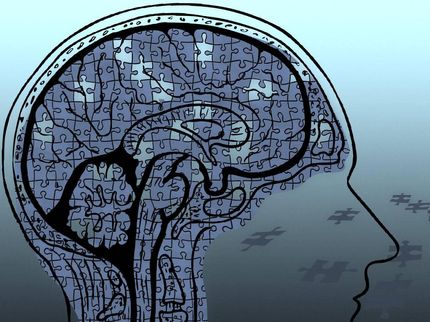How do memories leave traces in the DNA?
Epigenetic signatures influenced by synaptic signals
Advertisement
It is generally believed that rapid and reversible DNA methylation in the brain is essential for the stability of long-term memory, but very little is known about how synaptic signals can control DNA methylation to induce permanent changes in plasticity-related gene expression. A new study by Michael R. Kreutz's group at the Leibniz Institute of Neurobiology Magdeburg (LIN) reveals a mechanism by which the activity of synapses controls the protein levels of a de novo DNA methylating enzyme.

Symbolic image
jarmoluk, pixabay.com
The genetic code in our DNA is not "set in stone" but can be changed by biochemical processes. This phenomenon is called epigenetics. DNA methylation is the most important and best-studied epigenetic modification of DNA. Research has shown that DNA methylation affects the fine-tuning of gene expression in response to neuronal activity in the brain. DNMT3A1 is the primary enzyme in the adult brain for de novo methylation of DNA. How is this enzyme regulated by synaptic activity in order to set precisely fitting epigenetic signatures in the DNA?
Neural mechanism creates control
The authors of the study discovered a mechanism that allows synaptic control of DNMT3A1 levels in neurons, thereby creating a time window for reduced DNA do novo methylation at a group of target genes. In order to degrade the enzyme in a targeted manner, it interacts with a protein that is biochemically tagged with a modification called neddylation. This happens, for example, when mice learn to remember the exact placement of objects in an arena. If this neddylation process is blocked, synapses are less plastic and the mice have a much worse memory. "We wanted to know how synapses control DNA methylation in the cell nucleus and why the controlled degradation of the DNA methylation enzyme is so important for memory. We found that one of the target genes is the neuroplasticity factor BDNF, which plays a central role in spatial learning and memory processes," explains first author Gonca Bayraktar. "These findings are exciting because it is known that disorders in DNA methylation are also a concomitant of neuropsychiatric diseases such as schizophrenia or depression, and that BDNF gene expression is also strongly associated with these diseases".
























































